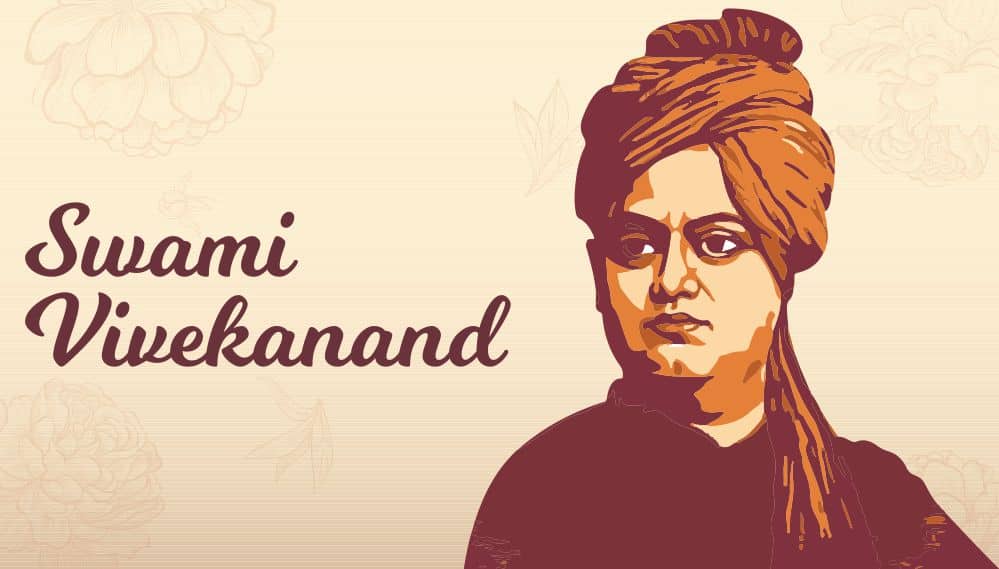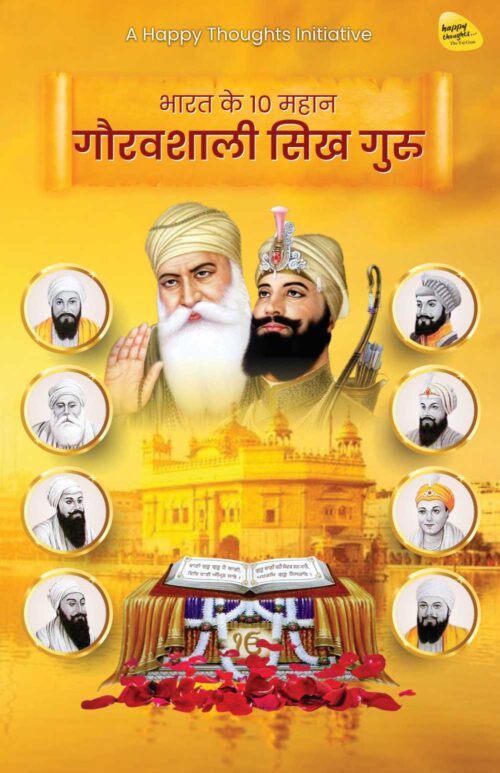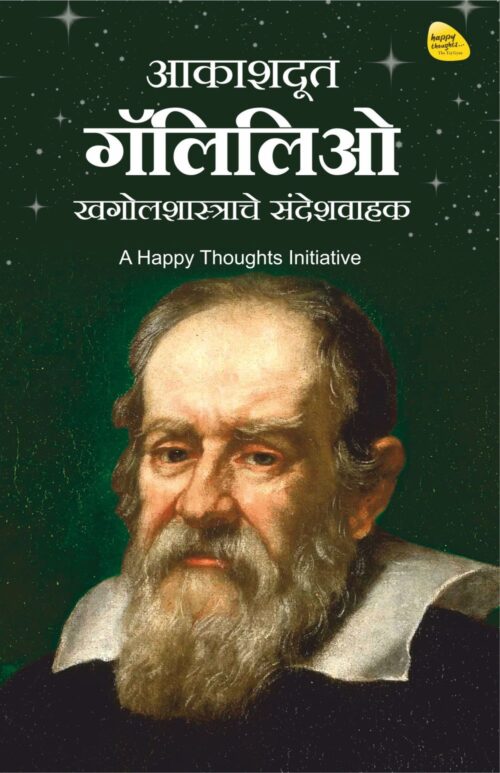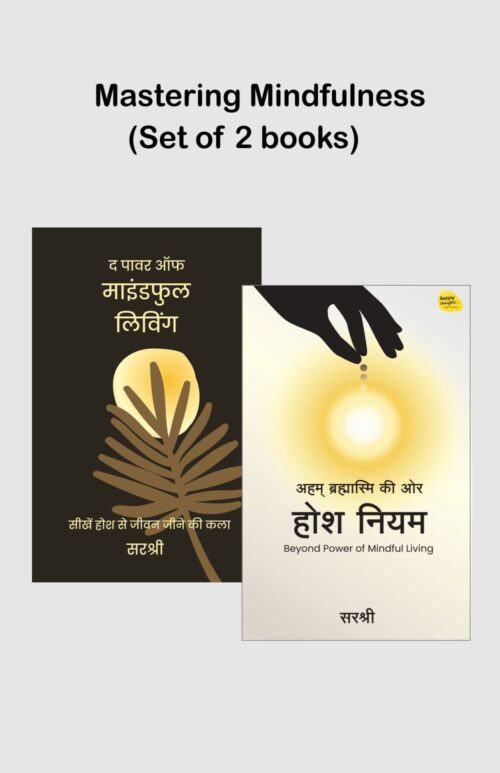
Two Bodies, One Soul
The 12th day of January 1863 is etched in Indian and indeed the world history as a day that witnessed the birth of a soul that would go on to fuse spiritual quest and intellectual excellence and bring about a spiritual revolution so amazing that its effects would escape the horizons of both time and space.
Swami Vivekananda’s life story, his timeless lessons, and his words are a great inspiration to the youth of every generation. Such is his influence that his birthday on 12th January is celebrated as ‘National Youth Day’ – a day that commemorates his inestimable service to the country, the youth, and the world at large.
Any mention of Swami Vivekananda’s name is incomplete without that of his master Maharshi Ramakrishna Paramhansa. These two names have become eternally intertwined; the mention of one naturally brings to mind the other. If Swami Vivekananda is to be considered the crown of the temple of spirituality, his master Ramakrishna Paramhansa would undoubtedly be the foundation stone; the stone that is as imperative to the existence of the main structure, as it is invisible.
As a young and inquisitive seeker, Swami Vivekananda would ask priests, preachers, monks or any other religious scholars he came across, the same question: “Have you seen God?” However, it was only when he met his master, that he got a befitting reply to his question: “Yes, I see him as clearly as I see you or anybody else, and if you wish, I can help you see him too!”
Ramakrishna Paramhansa was an extraordinary guru and Swami Vivekananda, an exemplary disciple. While the master reveled in the bliss of the heart, the disciple delighted in intellectual heights. Being an intellectual, Swami Vivekananda would argue with his guru until he was completely convinced about the topic being discussed. His perspective would be intellectual whereas that of this guru was deeply emotional, coming from the divine source within. He did not accept Ramakrishna Paramhansa as his guru unquestioningly, nor did he assimilate his teachings blindly. Not only did he assess Ramakrishna Paramhansa logically, but also worked upon himself to become a deserving disciple. As a result, he could receive all those spiritual treasures from his master that other disciples remained deprived of.
Being an intellectual, he mistook his first encounter of the experience of Samadhi to be some form of mesmerism at the hands of Ramakrishna Paramhansa. However, as time went by, his understanding grew with the blessings of his master, and he realized that what he had experienced was in fact the supreme state of being; the culmination of spiritual quest. From being head-oriented, Swami Vivekananda slowly grew into being heart-oriented, like his master.
Inspired by his master, this ‘great Indian monk’ promoted and propagated the spiritual essence that originated in India all around the world. He influenced many intellectuals across the world with his remarkable wisdom, exceptional memory, and his ability of fast reading. His speech at Chicago, which began with the words, “Sisters and brothers of America...” is nothing short of legendary.
After the death of Ramakrishna Paramhansa, he established the ‘Ramakrishna Math’ and the ‘Ramakrishna Mission’ in the memory of his beloved master. Both these organizations continue to serve humanity to this day, by operating several schools, hospitals and educational programs.
Swami Vivekananda passed away at a very young age of 39 years, and yet the height that he achieved in this short lifespan with the blessings and inspiration of his master is illustrious. The light of wisdom he spread the world over shall always be remembered.
He encouraged the youth to attain four kinds of strengths – strength of character, physical strength, mental strength, and spiritual strength. He firmly believed that only those who attained these strengths could go on to conquer their minds. True to his belief, he was himself a master of his own mind. The title ‘Swami’ –which literally means master – befits his character and life.
The life of Swami Vivekananda is a brilliant example of what can manifest in a short lifetime when both the heart and the brain work in tandem. The relationship between him and his master is the perfect embodiment of the term “Two bodies, One soul”!


















Add comment